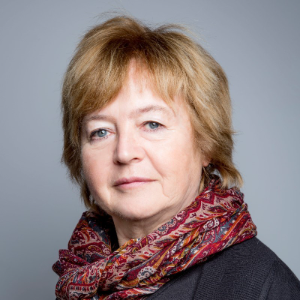Title : Climate change influence carbon cycle – study on wetlands in poland
Abstract:
The Polish climatologists from over a dozen scientific centers conducted comprehensive research on the climate which has changed from the end of the 18th century. Researchers looked at changes in air temperature and precipitation, but also time trends of other climate elements as sunshine, wind, snow cover, circulation and biometeorological indicators. The question has to be posed what we, the scientists working with the nature may do. What new research should be associated with climate change. This new research is connected to prevent discharge of water, increase infiltration and give the natural possibilities to diminish impact of climate dynamics on carbon exchange between vegetation and the atmosphere. The gross primary production is strongly connected to carbon sequestration. The change of albedo caused by drought, changes of roughness, changes of evapotranspiration influence carbon cycle. The drought suppresses evapotranspiration and increases sensible heat what influence increase in air temperature and decrease of soil moisture. These changes lead to land – atmosphere exchanges of carbon and water. It could lead to the disturbances in wetlands leading to the changes of peat soils and emission of carbon. Degradation of peatlands is a growing source of anthropogenic greenhouse gas (GHG) emissions. Climate changes induce decrease of precipitation and growth of air temperature that has the potential to influence the exchange of the gases between the surface and atmosphere and lowers the soil moisture, that results in release of CO2 to the atmosphere. Peatlands on the one hand sequester the “greenhouse” gas from the atmosphere, while on the other hand they emit in large quantities both CO2 and methane CH4 (Canadell et al., 2011). According to the International Union for Conservation of Nature (IUCN), the peatlands are a major source of greenhouse gas emissions annually releasing almost 6% of global anthropogenic CO2 emissions. Peatland restoration can therefore bring significant reductions of GHG emissions. Biebrza wetlands in Poland has been the study area of modelling the carbon exchange in different climatic conditions. This study will conclude the indications to mitigate the influence of climate and increase the gross primary production to increase carbon sequestration.


